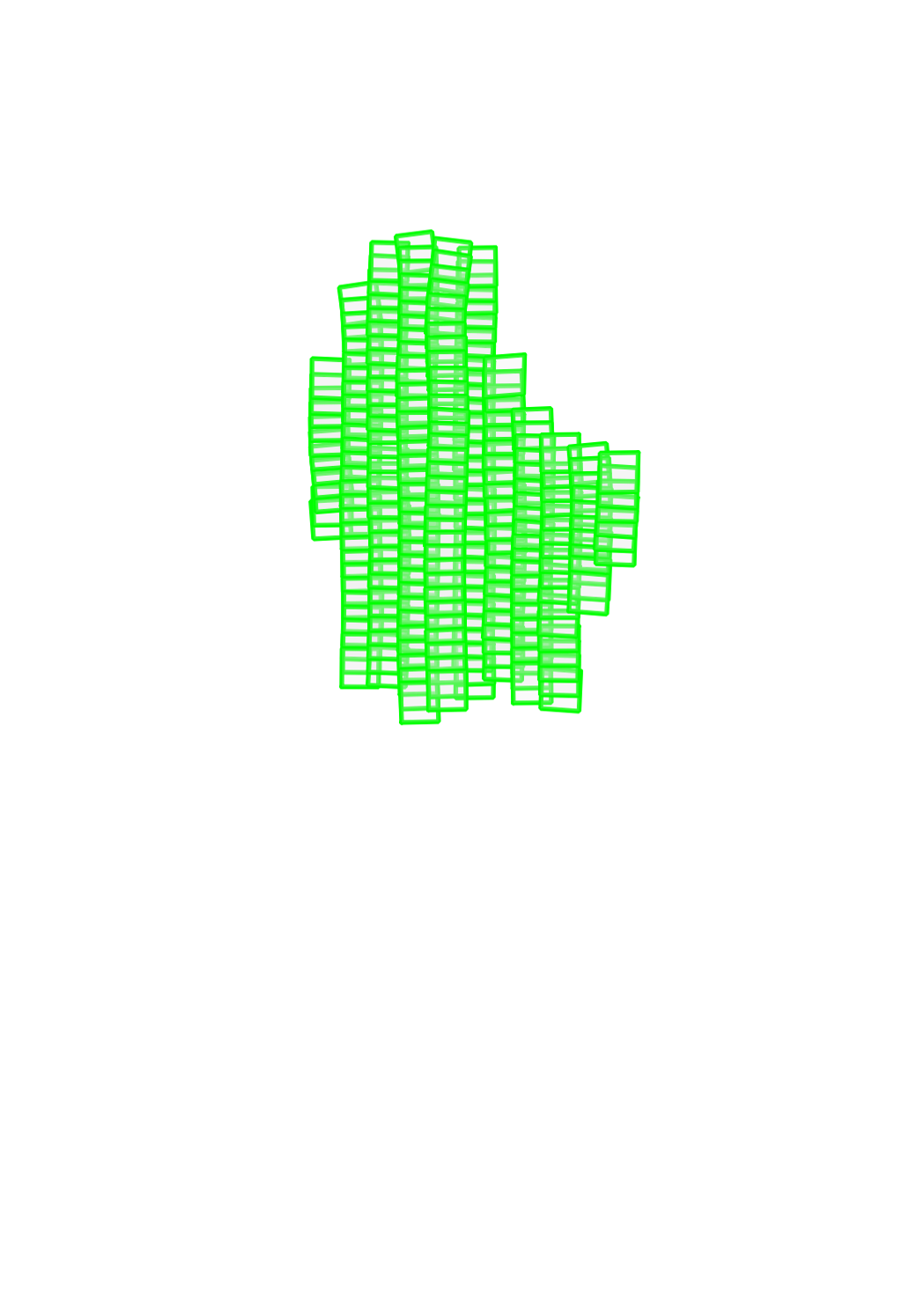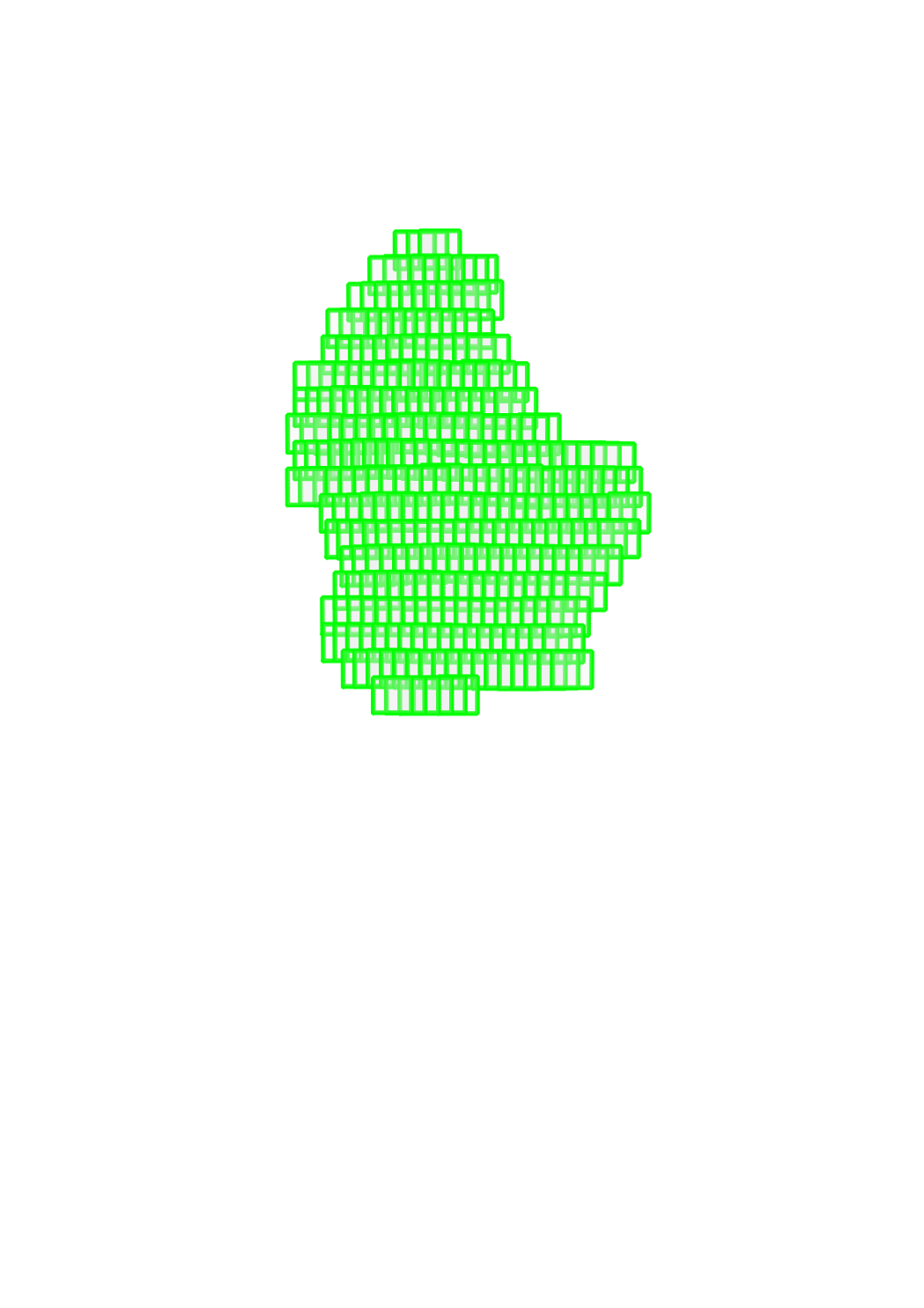imageryBaseMapsEarthCover
Type of resources
Available actions
Topics
Keywords
Contact for the resource
Provided by
Groups
Years
Representation types
Update frequencies
status
Scale
-

Aerial images which have been used for the photogrammetric restitution of the 1954 topographic map. These images are not georeferenced nor orthorectified. The data in the 1:25000 scale covers entire country.
-

Aerial images which have been used for the photogrammetric restitution of the topographic maps. These images are not georeferenced nor orthorectified. The data in the 1:30000 scale covers the entire country.
-

Aerial images which have been used for the photogrammetric restitution of the topographic maps. These images are not georeferenced nor orthorectified. The data in the 1:30000 scale covers the entire country.
-

Aerial images which have been used for the photogrammetric restitution of the 1954 topographic map. These images are not georeferenced nor orthorectified. The data in the 1:10000 scale covers the region around the capital.
-

Aerial images which have been used for the photogrammetric restitution of the 1964 topographic map. These images are not georeferenced nor orthorectified. The data in the 1:20000 scale covers the entire country.
-

Aerial images which have been used for the photogrammetric restitution of the topographic maps. These images are not georeferenced nor orthorectified. The data in the 1:30000 scale covers the entire country.
-

This layer contains the regulations contained in the land use plan of the Préizerdaul municipality. The information in this geoportal layer have no legal value and must be considered as mere indications related to the original document. The original plan can be viewed in the Préizerdaul administration.
-

This layer contains the regulations contained in the land use plan of the municipality of Lintgen. The information in this geoportal layer has no legal value and must be considered as mere indications related to the original document. The original plan can be viewed in the local administration.
-

This layer contains the regulations contained in the land use plan of the Remich municipality. The information in this geoportal layer have no legal value and must be considered as mere indications related to the original document. The original plan can be viewed in the Préizerdaul administration.
-

This layer contains the orthophoto covering the territory of the Préizerdaul municipality, that have been made in 2012 for the municipality administration.
 geocatalogue.geoportail.lu
geocatalogue.geoportail.lu